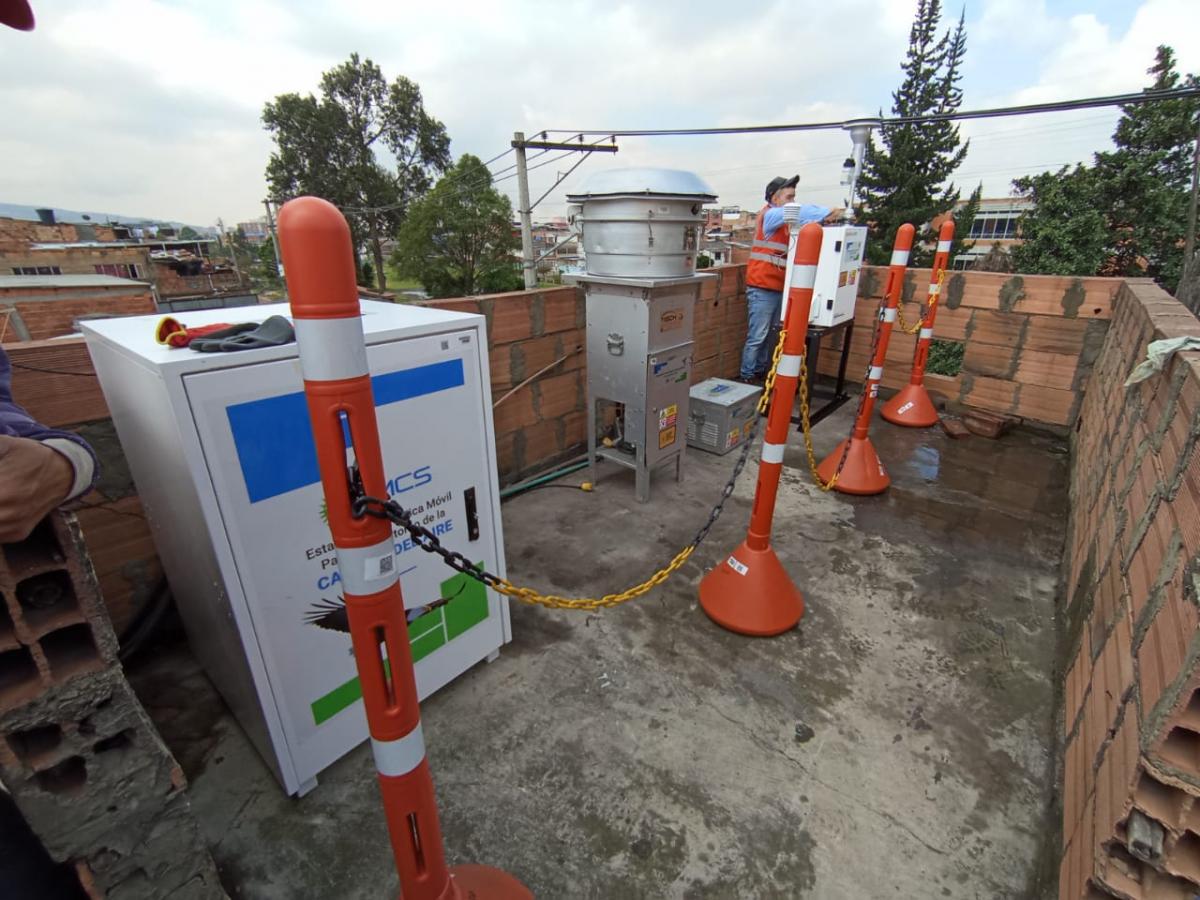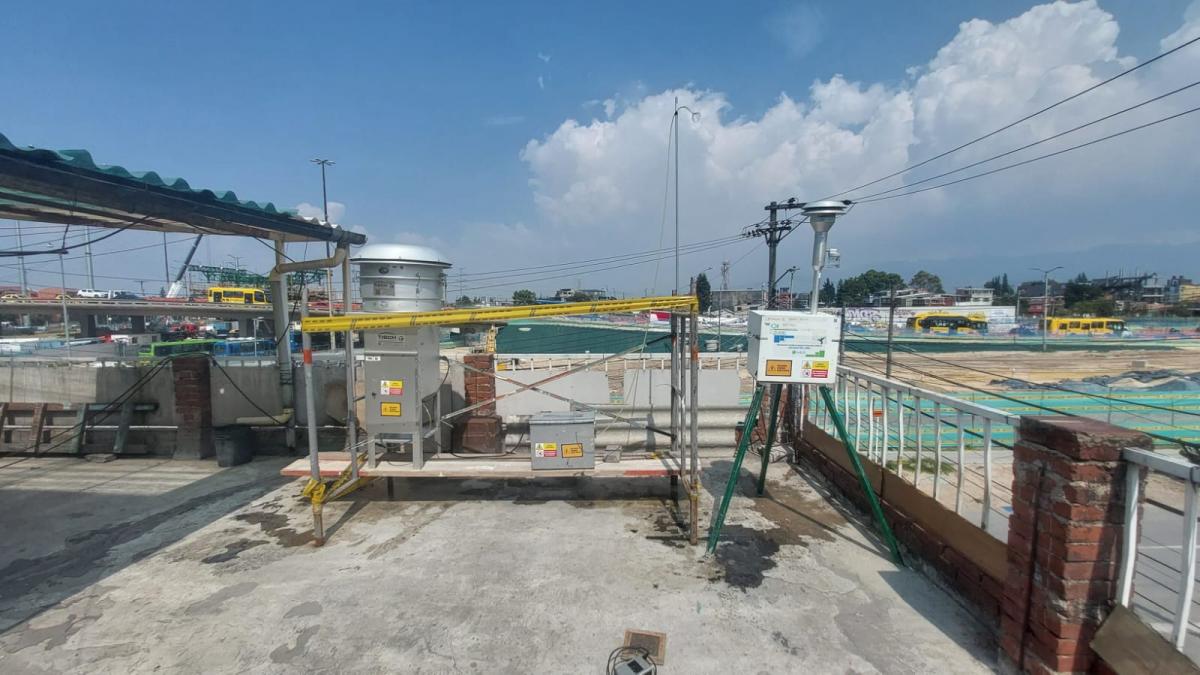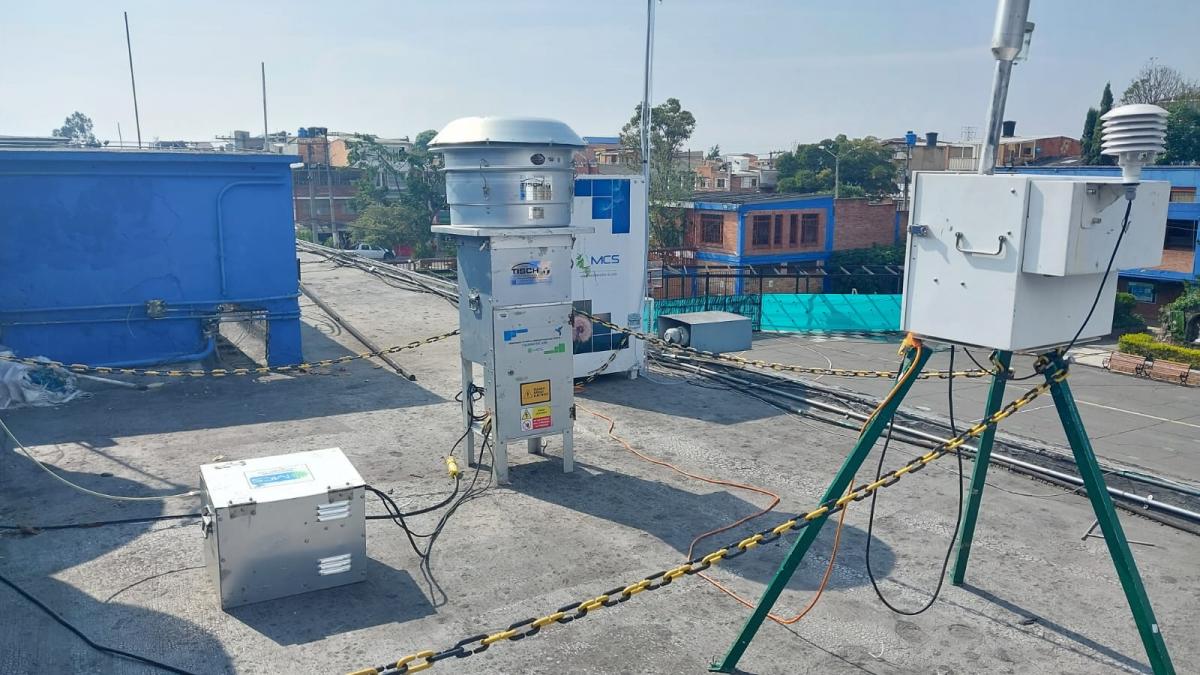
Reservation booth:+86(0)21-3114 8748
Visit/media contact:+8613601815988
QQ:2463282767
email:artsexpo@sgexpo.cn
Rail Transit Exhibition News The subway is moving forward, as the most important transportation project in Bogotá, in order to protect the environment, the concessionaire of Metro Line 1 of Bogotá conducts air quality monitoring every two months to ensure that citizens living near the operation area are not affected. Here we tell you the process in detail.


What is air quality monitoring?
Air quality monitoring is an instrument that samples, analyzes, and monitors the air in the vicinity of construction activities during the construction phase of Metro Line 1 (PLMB) in Bogotá.
These stations will be able to report maximum pollution levels, typical levels in populated areas, air pollution in and out of the study area, and pollution levels near specific sources.
During the construction phase of the PLMB, air quality is monitored every two months: every other day for 36 days for rainy days and daily for 18 days for dry weather.
These monitoring help us to obtain information that allows us to respond satisfactorily to the needs of environmental control and to take measures to reduce the impact caused during the execution of the work, while respecting the balance and optimal quality of the air, in accordance with the established standards required by environmental authorities and international organizations.

These monitors measure the concentration of airborne pollutants such as particulate matter, sulfur dioxide (SO2), ozone (O3), carbon monoxide (CO), nitrogen dioxide (NO2), and volatile organic compounds (VOCs) and total hydrocarbons (HTPs).
Rail Transit Exhibition Booth Reservation
Rail Transit Exhibition Free registration for visit